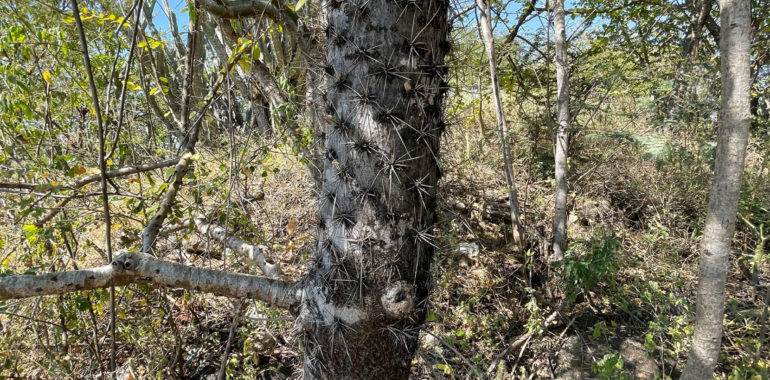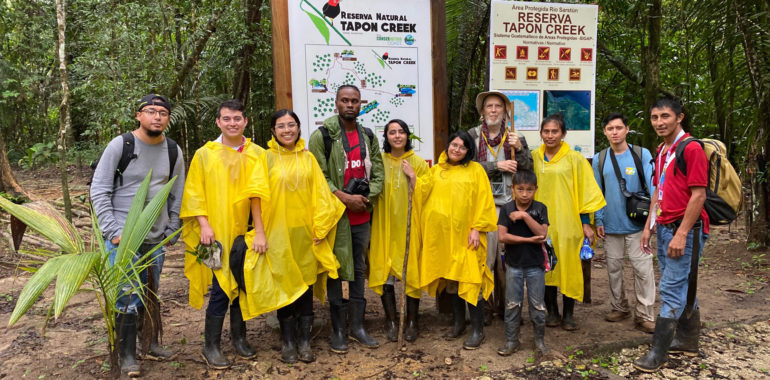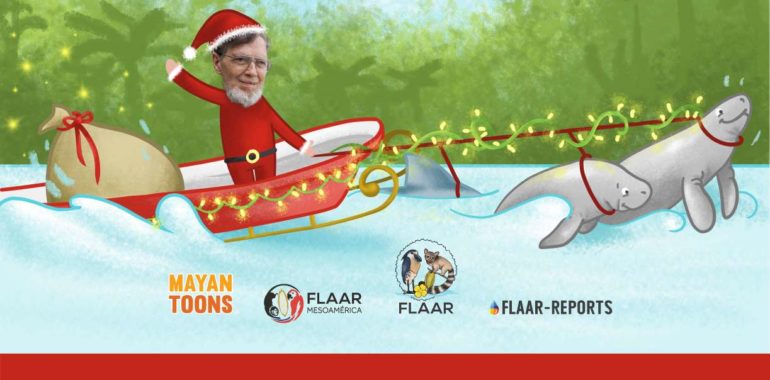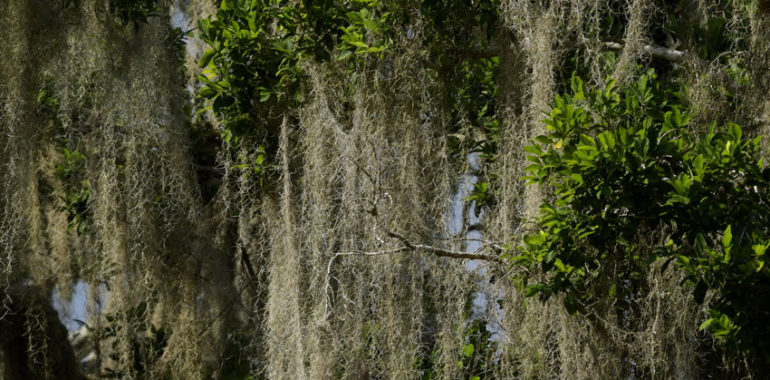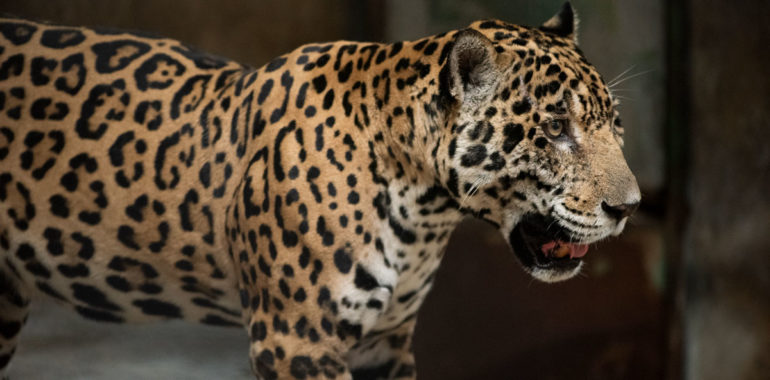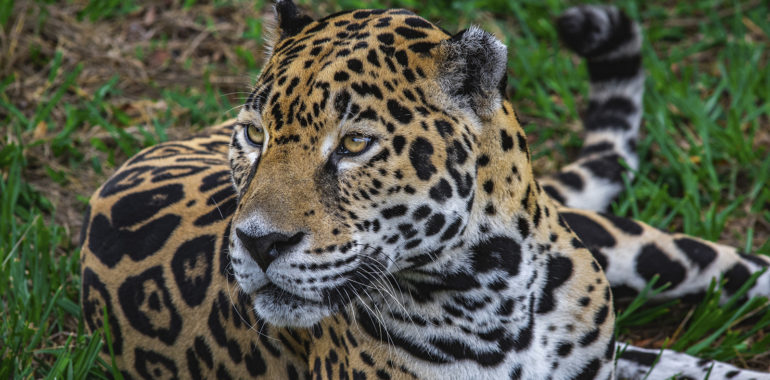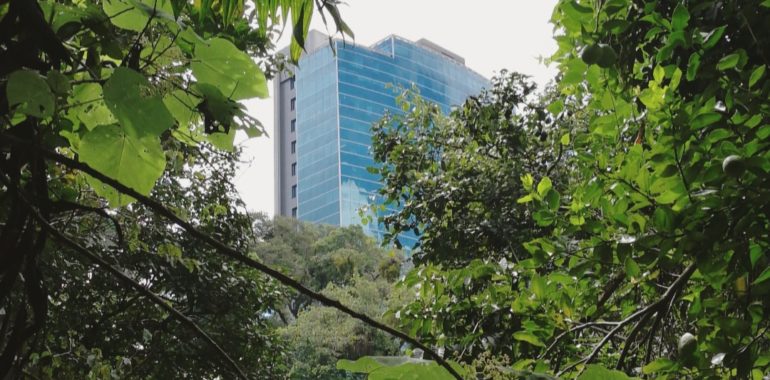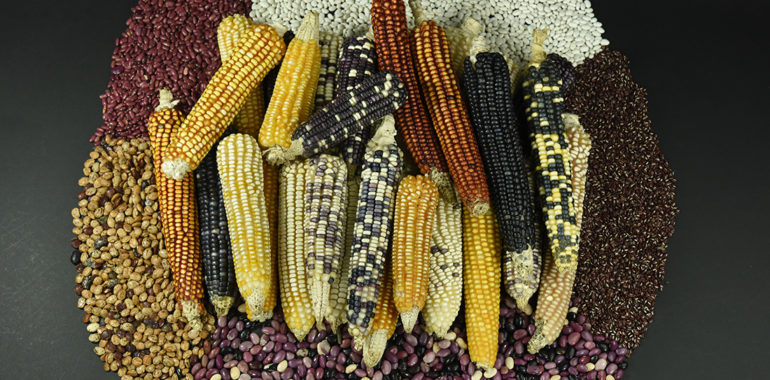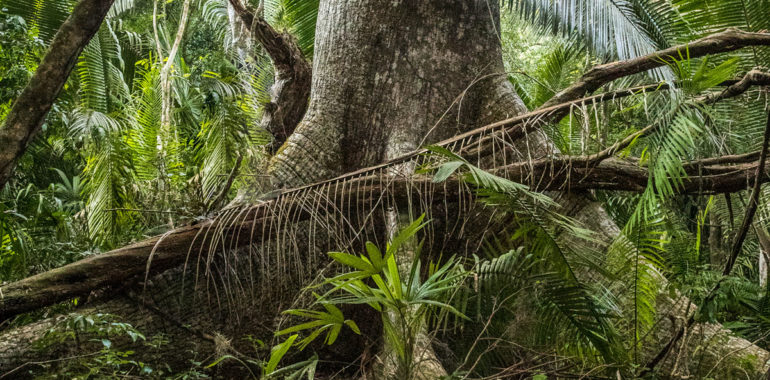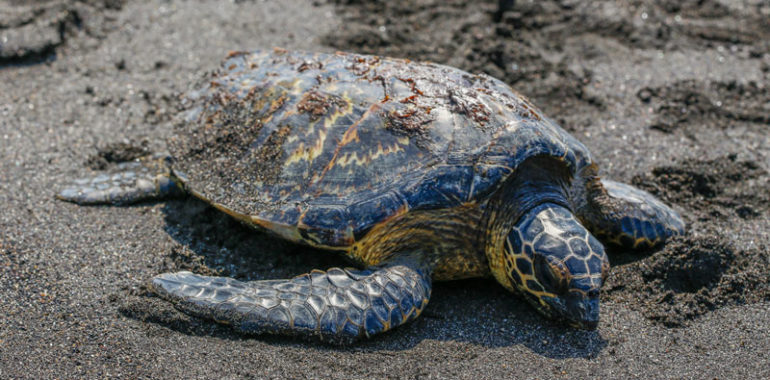Cacti are perennial plants, very attractive for their strange shapes and spines. Its stems are green, fleshy, simple or branched, with cylindrical, globose, or flattened shapes. They are, generally, terrestrial plants adapted to extreme climates where they can survive long periods without water. They can be herbs, shrubby or arborescent, fleshy or even hard and…
News & Blog
FLAAR Mesoamerica team at Reserva Natural Tapon Creek
Here is the FLAAR Mesoamerica team at Reserva Natural Tapon Creek, capably managed by FUNDAECO. Park ranger Lucus Cuz (of FUNDAECO) is at far right (his son is in the middle). Each individual of the FLAAR Mesoamerica team is specialized in different tasks during these field trips. Their capabilities are listed in the reports in…
Happy Holidays from FLAAR Mesoamerica Team
Happy Holidays! Our very best wishes to you this festive season. May 2021 bring you peace, joy and prosperity. From all staff members of FLAAR Mesoamerica.
It’s time to celebrate! But always loving and caring for our planet
Christmas is the most important time of the year for many families. It is celebrated in the whole world with unique traditions in each country and culture. But something that we agree on is the Christmas tree, which became an icon of the Christmas season a long time ago. In Guatemala, many people love the…
Celebrate the biggest feline of America
The Jaguar (Panthera onca) is one of the most frequently encountered images in Mesoamerican art and iconography, in either naturalistic, stylized, or anthropomorphic form. Art is one of the ways in which people represent how they conceive of themselves, and their place in the world The appearance and frequency of jaguar motifs, as with any…
World Animal Day: Threatened Animals in Central America
The Census of Marine Life scientists estimated the total number of species on Earth (the most precise calculation ever offered), announcing 6.5 million species found on land and 2.2 million (about 25 percent of the total) dwelling in the ocean depths, that means about 8.7 million. Can you imagine how many exotic animals you don’t…
A breath inside the city
Social distancing due to the pandemic brought many adaptations to our life, we entered into a virtual world and our routine changed. Now, more than ever we wish to return to the great outdoors, sunbathe and rest from the screens. This is reflected in the growing interest of many people to spend more time in…
Maize: The most important crop for The Mayan Culture
It is estimated that, in Mesoamerica, agriculture could have occurred 9,000 or 10,000 years ago, approximately. This area, which covers the southern half of Mexico and part of Central America, has been considered one of the most important centers of plant domestication in the world due to the coexistence of extraordinary plant diversity and a…
Caring for the planet begins by taking care of our soils
Without the soil, plants would not grow and provide food for many animals and for humans too. Without it, the biogeochemical cycles (carbon, nutrients, and water) would not occur and support entire ecosystems. I’m talking about the soil which sometimes is underestimated, and probably, we haven’t realized how important is its conservation for our existence.…
Meet the sea turtles that visit the coasts of Guatemala
June is a special month for the environment, on the 8th we celebrate The World Oceans Day and on the 16th World Sea Turtles Day. These days have been recognized to raise awareness of the impacts that human activities are generating on the ocean and the inhabitants who depend on it. Our oceans have been…

